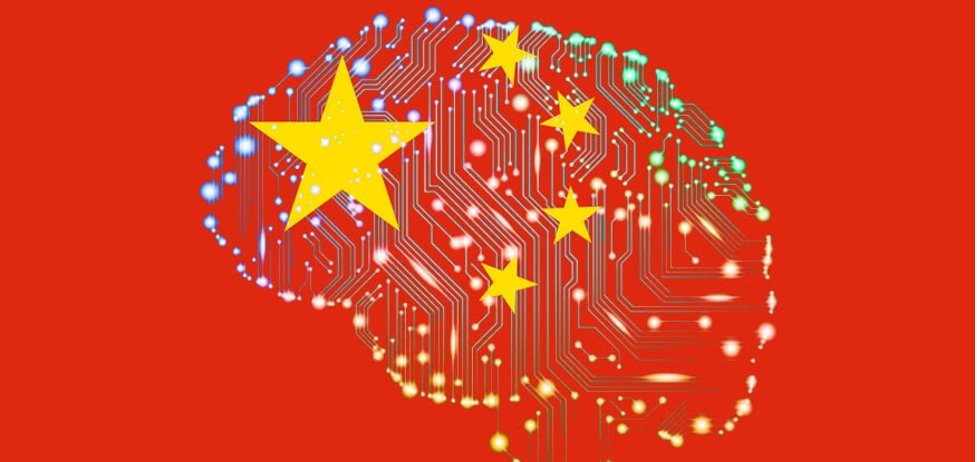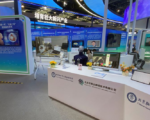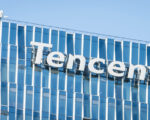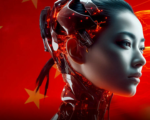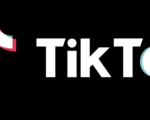INTRODUCTION
China’s pursuit of artificial general intelligence (AGI) may place it ahead of the U.S. in the global race to develop cutting-edge AI technologies, but such advancements could also pose a threat to the political control of the Communist Party. This delicate balancing act is at the heart of China’s AI strategy, which seeks innovation while ensuring that AI developments do not undermine the party’s power.
KEY POINTS
The Race to AGI: A Geopolitical and Technological Dilemma
- Max Tegmark’s Perspective:
Max Tegmark, a prominent AI scientist and president of the Future of Life Institute, describes the competition between the U.S. and China to develop AGI as a “suicide race,” emphasizing the dangers of advancing AI without clear mechanisms to control it. He argues that the rapid pace of AI development could lead to uncontrollable consequences if left unchecked. - What is AGI?
AGI refers to artificial intelligence that exceeds human cognitive abilities. While AI applications like ChatGPT are already popular, AGI would represent the next level — AI that can think and reason at human levels or beyond. - Tegmark’s Warning:
He cautions that the rush to develop AGI may lead to unforeseen risks, as the technology might advance faster than humanity’s ability to regulate it. Tegmark suggests that the geopolitical race to dominate AGI could endanger all nations, with little regard for long-term control mechanisms.
China’s Stance on AGI
- China’s Reluctance:
According to Tegmark, China has little incentive to build AGI as it could threaten the Communist Party’s control over the country. In a conversation with Elon Musk, Chinese officials reportedly reacted strongly to the idea that AGI could undermine their political authority, leading China to establish its first AI regulations. - Domestic Control:
Tegmark suggests that even without the U.S. pushing back, China would have reason to limit AGI development. The Chinese government values maintaining control over its technological advancements, including AI. - China’s AI Regulations:
China has already implemented strict regulations on generative AI, with chatbots in the country avoiding topics related to politics and censorship, ensuring that AI aligns with Beijing’s ideological stance.
China’s AI Strategy
- Balancing Innovation and Control:
AI is a key strategic priority for China. Major Chinese tech firms, including Alibaba, Huawei, and Tencent, have been investing heavily in AI research and development. However, the government’s strict regulatory approach ensures that the technology does not threaten political stability. This strategy is expected to continue, particularly in the development of AGI. - Dual Lens View:
Experts suggest that China views AI development through two lenses: geopolitical power and domestic economic growth. While aiming to shift the global power balance, China also hopes to leverage AI to enhance government efficiency and boost business applications within the country.
U.S.-China AI Battle
- Geopolitical Tensions:
The U.S. and China are locked in a technological battle, with the U.S. attempting to restrict China’s access to critical technologies, particularly semiconductors used in AI training. In response, China is building its own semiconductor industry to lessen dependence on foreign suppliers. - The AI Arms Race:
Despite Tegmark’s warnings about the dangers of an AGI arms race, geopolitics remains at the center of the U.S.-China relationship. The race for AI supremacy is not only about technological innovation but also about securing global influence.
International Cooperation on AI Regulation
- The Need for Regulation:
Experts, including Tegmark, advocate for global cooperation to establish safety standards around AI, particularly AGI. Both the U.S. and China face similar risks in developing uncontrollable AI and may need to implement national safety measures to protect against unintended consequences. - Potential for International Cooperation:
There is a growing recognition that AI poses global challenges that cannot be tackled by one country alone. Tegmark envisions a future where nations cooperate to establish global AI regulations, similar to how the International Atomic Energy Agency governs nuclear technology. Some Chinese policymakers are already calling for such a framework.
CONCLUSION
As China pursues cutting-edge AI technologies, including AGI, it faces a delicate balance between fostering innovation and ensuring that AI does not undermine the Communist Party’s authority. The race for AI dominance, particularly between the U.S. and China, carries significant risks, and experts are calling for more international cooperation and regulation to mitigate the dangers of uncontrollable AI. China’s focus on AI is not just about technological advancement; it is also about maintaining its political power while engaging in a global competition for influence.


